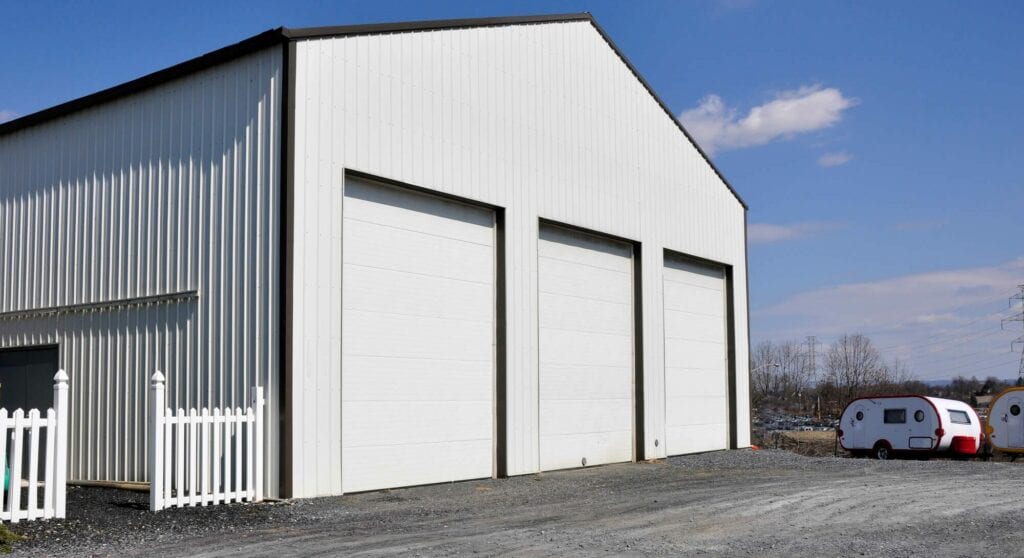Land use and zoning are two different concepts with a lot of overlap, so much overlap that the terms are often confused. These concepts are actually fundamental to what all of our communities and daily lives look like. They are the underlying factors that guide what can be built, when it can be built, and where it can be built.
Gaining a working understanding of land use and zoning laws in Minnesota will help you better navigate real estate transactions, understand your rights as a property owner, and understand how your community is built and organized. Let’s unpack land use and zoning laws in Minnesota, what they are and why they matter.
What is Land Use?
Land use is a bit of a loose term because it doesn’t have a universal definition. However, it’s usually defined as land characterization based on its potential uses and what is already there. It can also refer to the way land-owners adapt their own land. It’s associated with planning, control, and property rights. Land use policies are not uniform across the nation, but almost every jurisdiction regulates land use and development within its boundaries. Minnesota land use laws are primarily related to property rights and conservation.
Why Does This Matter?
If you are a land-owner or buyer, you must understand how your property can be used. Land use is flexible to a degree; nothing is cut and dry. It balances your rights as a private property owner with the character of the community overall. Understanding your property rights and how your land can be used might help you avoid disputes like quiet action lawsuits.
What is Zoning?
Zoning refers to government land regulations that are codified in local zoning laws or ordinances. It is how a community is divided into different districts or zones, where some activities are allowed, and others are prohibited. Governments use zoning as a development planning control tool that bases regulation and land use restrictions on a prearranged plan. It governs where residential and commercial structures can be built across urban, suburban, and rural areas. The ultimate purpose of zoning laws is to preserve the value of land use. Minnesota zoning laws encourage goals and objectives for the preservation of agricultural, forest, wildlife, and open space land, as well as the minimization of development in sensitive shoreland areas.
How Does Zoning Work?
According to 2020 Minnesota statute 462.357, if a Minnesota municipality plans to utilize previously unused, unzoned land, they must first create a land use plan. Only after the plan has been created and the goals and policies of the land use plan have been reviewed can a zoning ordinance be proposed and submitted to the governing body for review. No zoning ordinance or amendment to an existing ordinance can be adopted until a public hearing has been held and it’s been approved.
Why Does This Matter?
If you are a land-owner or buyer, you have to be aware of zoning laws before making any large changes to your property or before you purchase a property. Once a zoning ordinance has been put in place, it defines how you can use your property. There is no flexibility with zoning like there is with land use. To alter a zoning ordinance, you have to engage your local government in legal proceedings and await the result of a public hearing.

Difference Between Zoning and Land Use
Zoning and land use are so closely related that, in order to fully understand them and why they’re important, their differences need to be understood. The basic differences between zoning and land use lie in their designations, classifications, and purpose.
Designations
Land is managed via land use designations, which specify how to manage land and the resources it contains.
Zoning designations fully define the laws and regulations that govern property development and how it can be used.
Classifications
There are six primary types of land use:
- Agricultural
- Recreational
- Transportation
- Urban
- Forest
- Commercial
Zoning can be classified as one of four types:
- Functional zoning is the most common form of zoning and simply means zones are allocated according to land use, and each land use zone is subject to different regulations.
- Incentive zoning is usually part of renovation projects allowing developers to build residential, commercial, or industrial structures in certain areas based on tax abatement and infrastructure.
- Form-based zoning focuses on physical characteristics related to the structure of a city like downtown, uptown, manufacturing district, historical district, etc.
- Intensity zoning is defined by the level of permitted intensity or density of people and structures. This is ideal for urban planning because it’s so flexible. Developers can construct whatever they want as long as it adheres to density constraints.
Purpose
Land use describes the process of organizing the ways land can be used and must first be established before a zoning ordinance can be enforced for that area of land.
Zoning defines the rules and laws that govern precisely how land may or may not be used across cities and towns and is the most common form of land use regulation.
How Can CJB Law Help?
Minnesota state laws around land use and zoning are full of legal jargon that can be difficult to interpret or parse out on your own. If you have questions or concerns about these laws as they relate to your property, contact our law professionals at CJB Law. We have attorneys who specialize in municipal and township law, which covers land use and zoning. If you’re thinking about buying or selling property, our real estate lawyers can represent your interests throughout the entire process and ensure the property you intend to purchase is appropriately zoned for your purposes.

